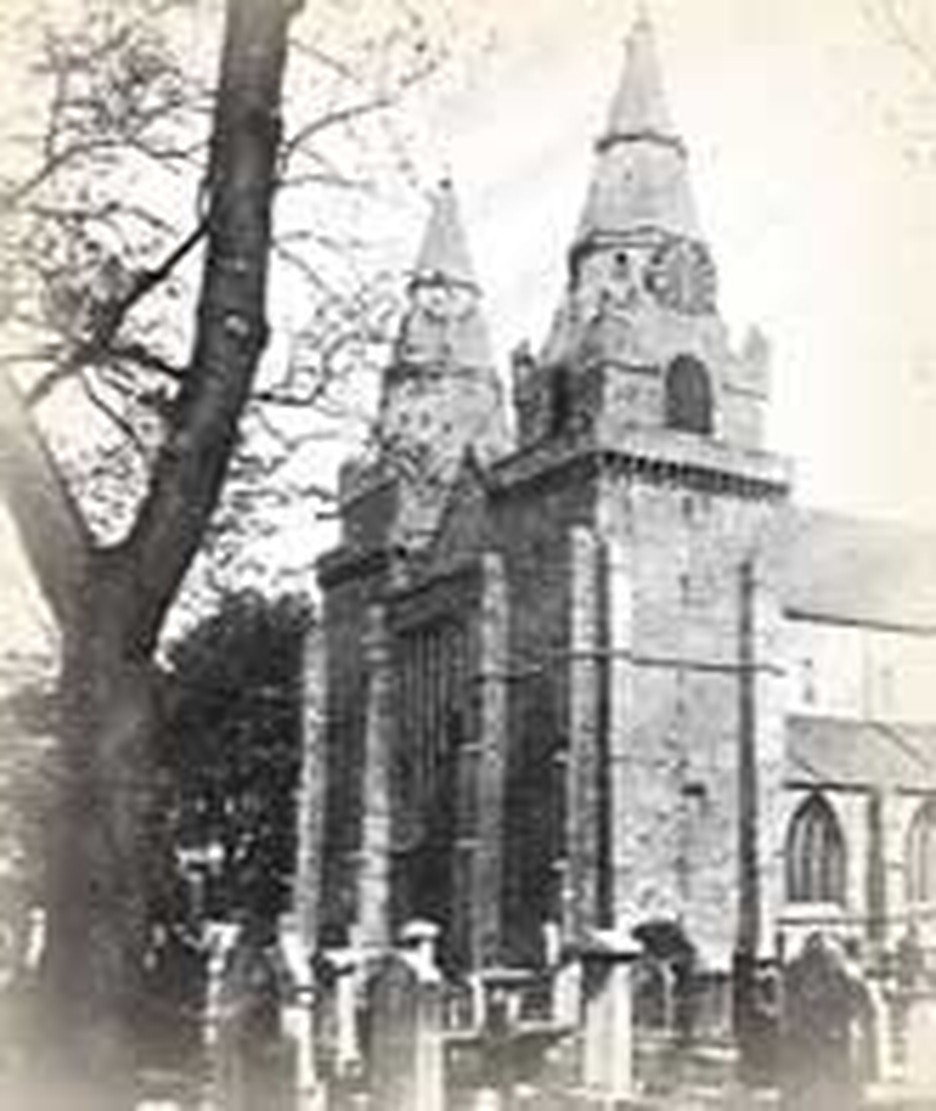
Church history is full of evocative hints, mysterious names and side paths so eroded and overgrown with brush that we cannot force our way down them. On one of those paths lies the story of Saint Devenick (also known as Sanct Dewynnik, Devenic, Defnyk, Denick, Teavneck, or Devinicus). Traces of him linger in memory in the Scot counties of Sutherland and Caithness where he preached sometime between the sixth and ninth centuries; and in a town near Aberdeen where his body was laid to rest.
Inspired, it is said, by the labors of St. Columba and St. Machar, Devenick became a missionary. According to tradition, he was an old man in ill health at the time, yet he taught the Picts of Northeastern Scotland the ways of God and established churches. If he labored in the days of Columba, his Christianity would have been Celtic; but if he worked in the ninth century, the faith he taught would have been Roman. In the unreliable Aberdeen Breviary, Devenick's name is associated with St. Machar (supposedly a companion of St. Columba); but Machar's existence is open to doubt. Perhaps he is to be identified with St. Mungo. However, Devenick is also reputed to have been a Benedictine bishop and if so, it is most improbable that he was a companion of the early Celtic missionaries.
There is no way at present to untangle the details. (In fact, many lists of saints completely ignore him.) However, we think Devenick really existed, for he has long been honored on this day, November 13, in church calendars of the area where he evangelized. The usual encrustations of legend and superstition grew up around him. Pilgrimages were made to his well at Methlick on Devenick's day and miracles were reported from its waters. For centuries, St. Denick's Fair, held the second Tuesday of November, also marked his memory.
Although Devenick's evangelism took place in the far Northeast of Scotland, tradition has it that he asked to be buried further south at Banchor in a church associated with his earlier years. As a consequence, Banchory-Devenick bears his name to this day. A bit of old verse tells how his followers buried him as he had asked:
"Syne bare the cors deuotely
Till a place called Banchory;
And thare solmpni with honoure
Thai grathit for it a sepulture.
And one hym thare thai mad a kirk,
Quhar God yeit cesis nocht to wirk
Thru his prayere ferleis full fele,
To seek and sar folk gyfand heile.
Men callis that place quhar he lay
Banchory Dewynnik till this day." *
Bibliography:
Various internet articles on Devenick, Banchory-Devenick, and Machar; especially http://www.stdevenicks.org.uk/page10update.html and http://www.cushnieent.force9.co.uk/CelticEra/Saints/ saints_devenick.htm.
*I have attempted the following transcription:
"Then bore they the corpse devoutly
To a place called Banchory
And there solemnly with honor
They adorned for it a sepulcher.
And over him there they built a church
Where God yet ceases not to work
Through his prayers, wonders fulfilling:
To sick and sore folk giving healing.
Men call that place where he lay
Banchory-Devenick to this day."
Last updated June, 2007








